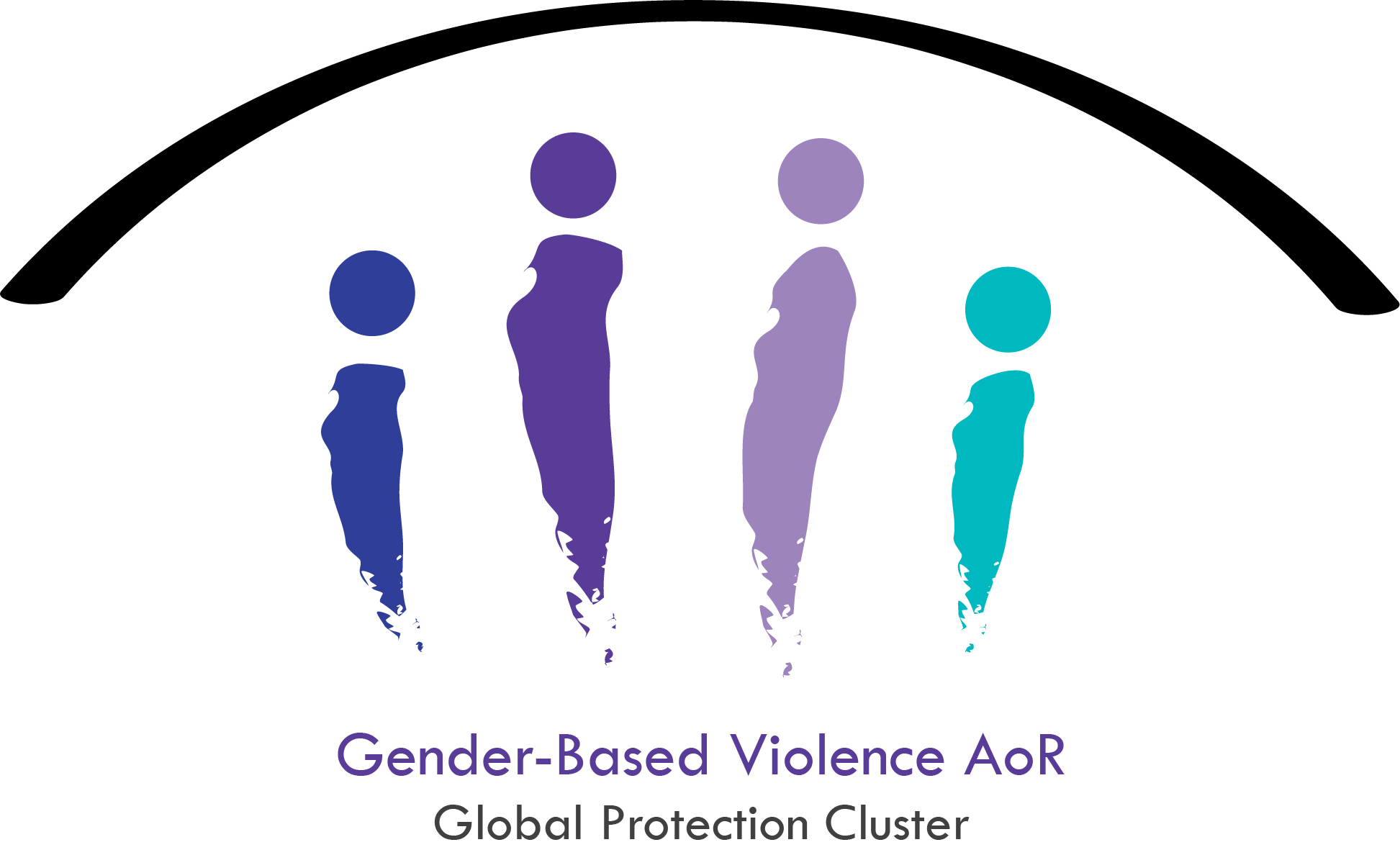Search Results for “”
One Stop Centers – Models, Standard Operating Procedures (SoPs) And Guidance- GBV AoR Helpdesk 2022
01 Apr, 2022
This query briefly examines the main OSC models before providing information about how they have been implemented in practice in different contexts with lessons learned. Example standard operating procedures (SoPs) and guidance are also provided in the final section.
Operational Guidance on Coordinated Assessment - IASC 2012
08 Jul, 2019
The Operational Guidance promotes a coordinated approach to assessments in order to address a number of recurring issues during emergencies. For example, there is not so much a lack of assessment information as a lack of capacity to validate and analyse the information necessary to determine priorities and guide planning of the humanitarian response. Likewise, certain populations or situations are over-assessed while others are never measured at all. Also, assessment data is all too often insufficiently shared or used, and data sets from different assessments are not comparable. Finally, there is insufficient time to aggregate data from multiple assessments, information needs are not sufficiently prioritized and data collection processes are cumbersome.
Adolescent Girls Toolkit Iraq - UNFPA, UNICEF 2016
17 Jul, 2019
DEEP Platform for SDR and Analysis
10 Jul, 2019
DEEP is an intelligent web-based platform offering a suite of collaborative tools tailored towards humanitarian crisis responses. It includes common analysis workflows and frameworks for thinking using both structured and unstructured, quantitative and qualitative data. By using a customizable analysis frameworks, users can easily catalog information contained in large amounts of documents and export it to a variety of formats. Supporting this, DEEP has a long term vision of using text analysis techniques in order to streamline the process of sourcing information from online sources and semi-automating document information extraction. Although the platform is meant to be a collaborative space, it is open-source and available to be deployed in private server environments. Data in DEEP is visible only to users granted access to a project space and is stored using modern web technology standards.
